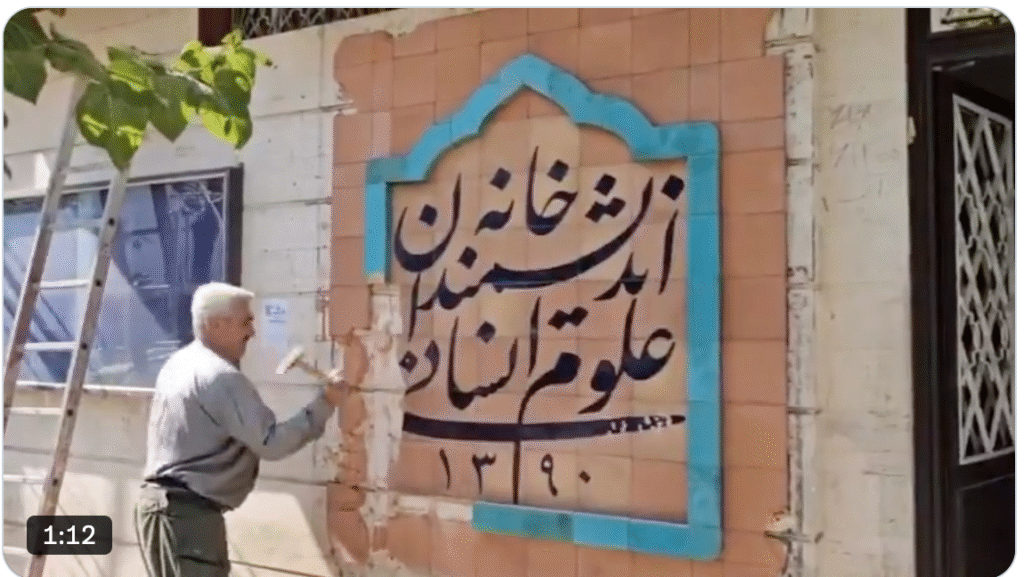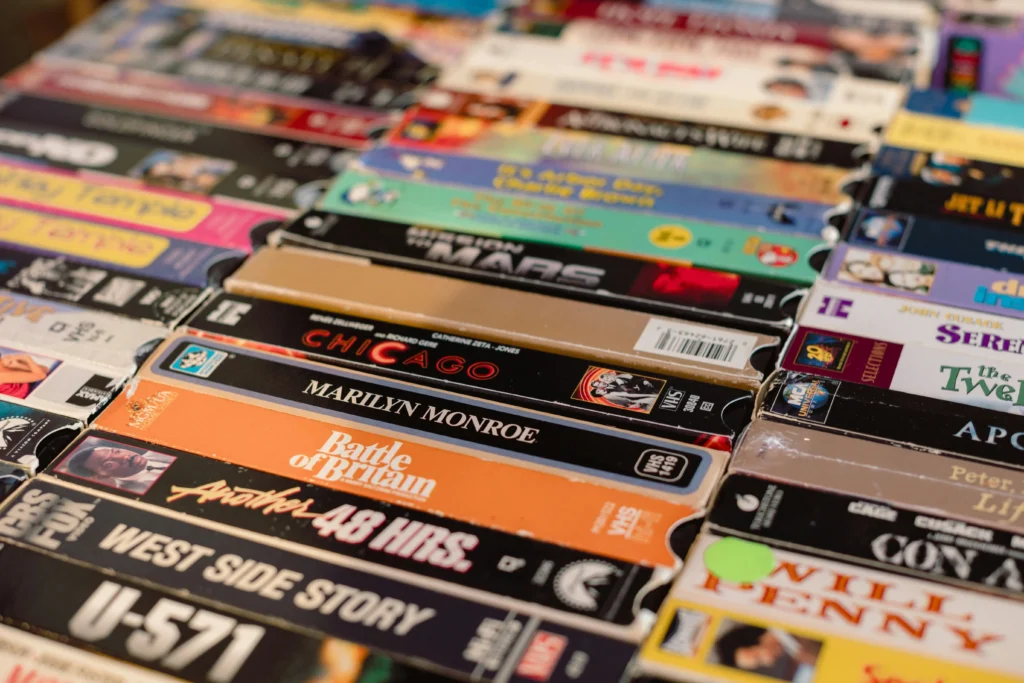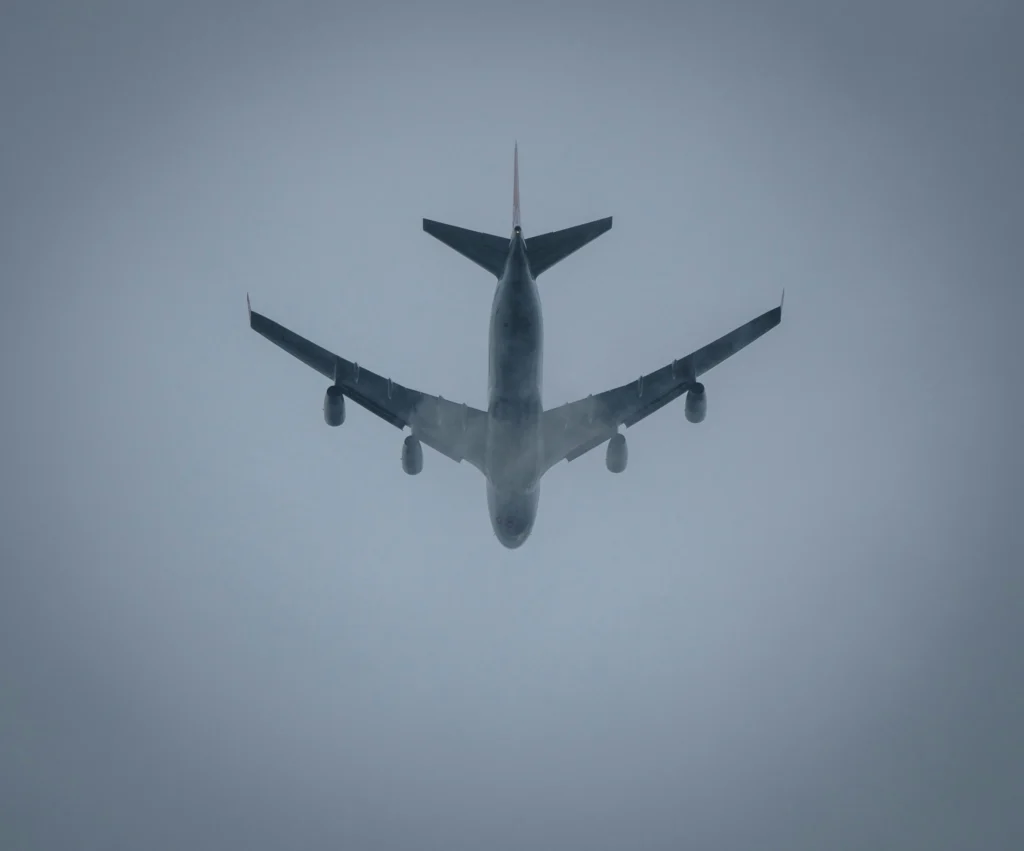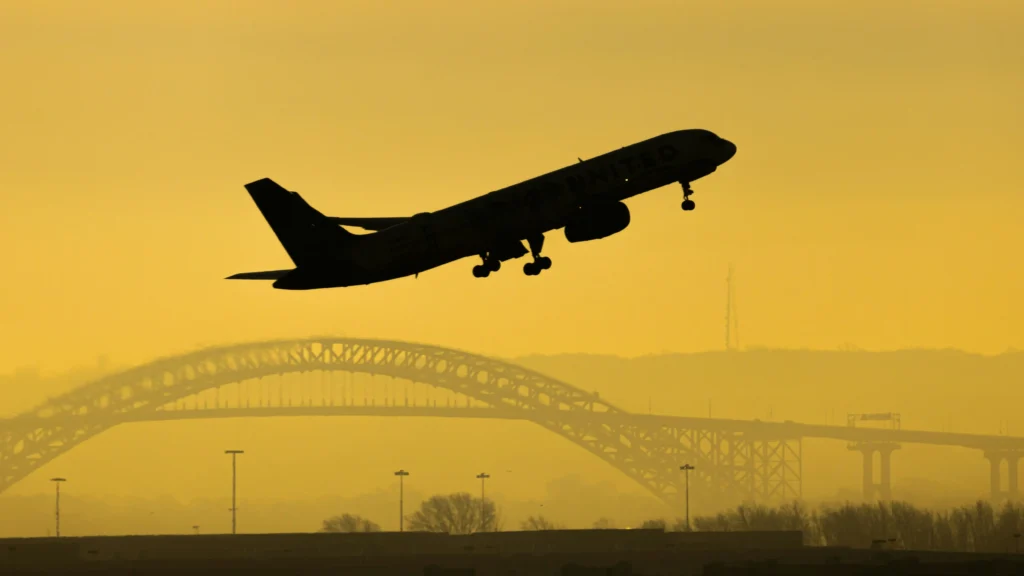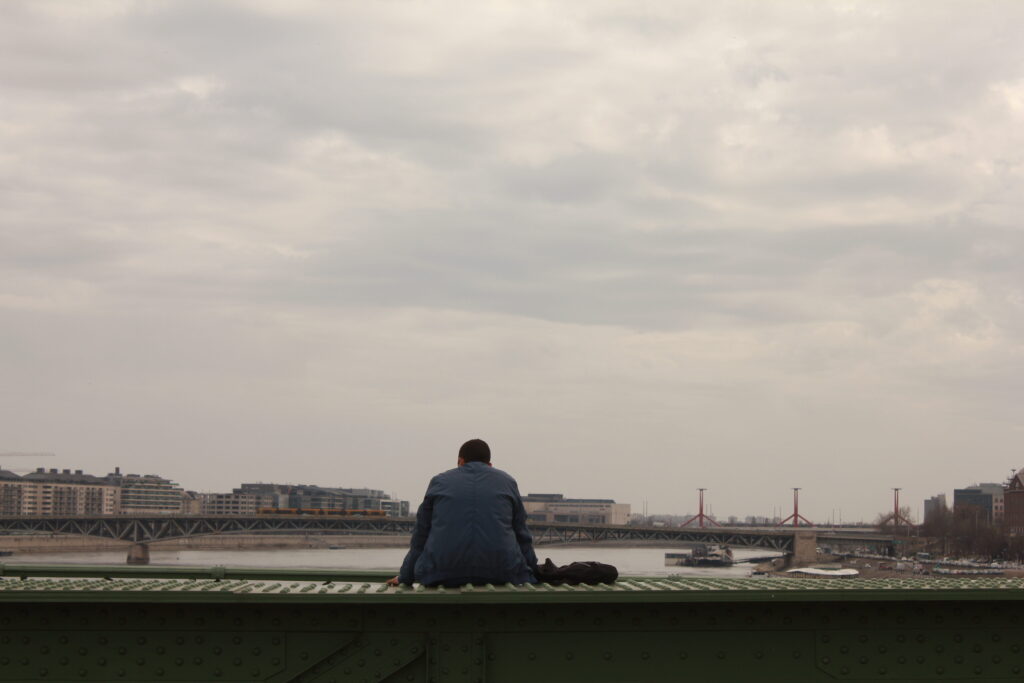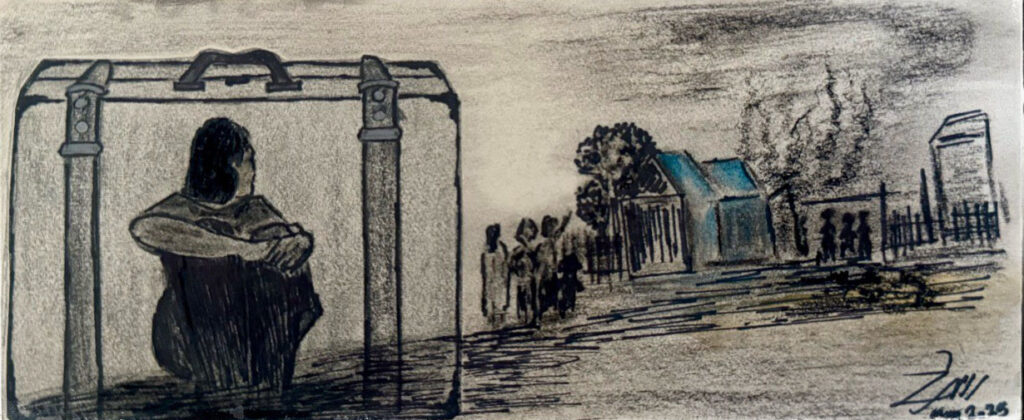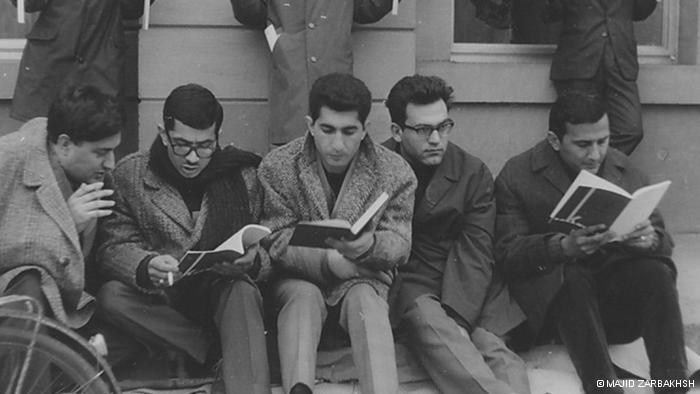 Roozbeh Aghajari
Roozbeh AghajariSetting aside the scattered early research efforts of the beginning of the 20th century, sociology in Iran has a seventy-year history during which many of its scholars have sought to create a space for articulating and explaining social issues and to contribute to finding remedies for societal problems…
 Habib MoghimiUnderground: The Secret Life of Videocassettes in Iran , by Blake Atwood
Habib MoghimiUnderground: The Secret Life of Videocassettes in Iran , by Blake AtwoodUnderground: The Secret Life of Videocassettes in Iran (2021) offers an insightful exploration of the role videocassettes played in shaping the cultural and media landscape of post-revolutionary Iran. Spanning the years between the 1983 ban on videocassettes and the eventual lifting of the restriction in 1994, Atwood’s work reveals how an underground network of video distribution flourished despite the state’s efforts to suppress it…
 Editorial
EditorialAround the turn of the twentieth century, small yet diverse Iranian emigrant communities had established themselves primarily in neighboring regions. These included individuals who migrated for trade or employment–such as to India or the Caucasus–as well as elite families living in exile in cities like Beirut, and clerics or religious households who settled near sacred shrines…
 Omid Asayesh, by
Omid Asayesh, byThis article introduces and examines three distinct works that explore the experiences of Iranian migrants, each approaching the subject from a different angle. One is a narrative-driven novel, another a critical travelogue, and the third a guidebook intended to offer practical advice for Iranians considering migration…
 Leila AraghiLonging to Leave: Migration in the Iranian Intersubjectivity, by Mehrdad Arabestani
Leila AraghiLonging to Leave: Migration in the Iranian Intersubjectivity, by Mehrdad ArabestaniIn his book, Longing to Leave: Migration in the Iranian Intersubjectivity, Mehrdad Arabestani explores migration as it is experienced mentally and culturally within Iranian society. He seeks to problematize the ways Iranians comprehend the concept of “migration” in their intersubjective mentality…
 Mina AziziLeaving, Staying, Returning: A Narrative Study of Migration Decisions of Educated Iranians, 2011-21, by Mina Azizi
Mina AziziLeaving, Staying, Returning: A Narrative Study of Migration Decisions of Educated Iranians, 2011-21, by Mina AziziMigration studies in Iran have predominantly focused on outmigration and the desires of those seeking to leave, thereby marginalizing other subjectivities, practices, and alternative trajectories. In my doctoral dissertation, I seek to move beyond this monolithic lens by foregrounding the diversity of subjectivities, choices, and lived experiences, and by highlighting trajectories that are often marginalized—using a narrative-based approach…
 Omid AsayeshHomo Emigraturus: Exploring the Collective Yearning for Migration, The Case of Iran, by Omid Asayesh
Omid AsayeshHomo Emigraturus: Exploring the Collective Yearning for Migration, The Case of Iran, by Omid AsayeshAlthough migration has been a significant phenomenon in Iran for a long time, it has become a central factor in explaining the country’s political, social, and economic changes in recent years. The increasing influence of migration on Iranian lives does not inherently arise from a rise in migration rates; rather, it is tied to the growth of a population we refer to as “Homo Emigraturus,” who organize their lives around aspirations and preparations for migration…
 Arash DavariThis Flame Within: Iranian Revolutionaries in the United States, by Manijeh Moradian
Arash DavariThis Flame Within: Iranian Revolutionaries in the United States, by Manijeh MoradianIn the introduction to a field-defining 2011 special issue about Iranian Diaspora Studies, Babak Elahi and Persis Karim register a shift from descriptions of Iranian life outside of Iran as ‘exile’ to ‘diaspora.’ ‘Exile’ was the stock phrase used during the 1980s when large waves of expatriates settled abroad without tangible prospects for returning to Iran…
 Mitra RastegarThe Limits of Whiteness: Iranian Americans and the Everyday Politics of Race, by Neda Maghbouleh
Mitra RastegarThe Limits of Whiteness: Iranian Americans and the Everyday Politics of Race, by Neda MaghboulehI had always thought my confusion about my own racial identity had more to do with the light skin and blue eyes I inherited from my white mother than with the fact that my accented, olive-skinned, and “Middle Eastern”-looking father told me that Iranians are considered white. I never believed or internalized the whiteness of Iranians, given the crude circulating images of Iranians and the reactions my own Iranianness elicited from white Americans…
 Amy MalekTehrangeles Dreaming: Intimacy and Imagination in Southern California’s Iranian Pop, by Farzaneh Hemmasi
Amy MalekTehrangeles Dreaming: Intimacy and Imagination in Southern California’s Iranian Pop, by Farzaneh HemmasiIt’s nearly impossible to attend an Iranian celebration—whether a wedding, party, or Nowruz gathering—anywhere in the world without hearing the infectious rhythm of “6/8” (shesh-o-hasht). This exuberant, dance-oriented music, though often associated with Tehran, was largely born in Los Angeles…

